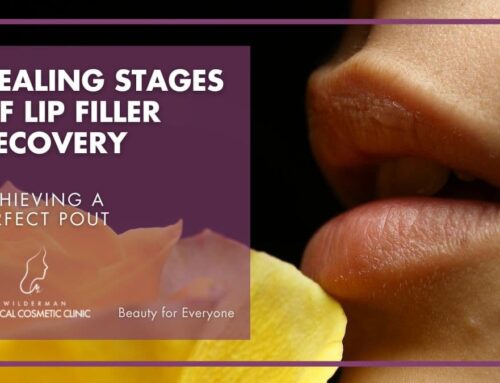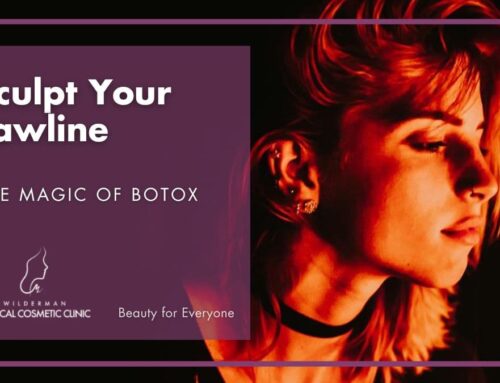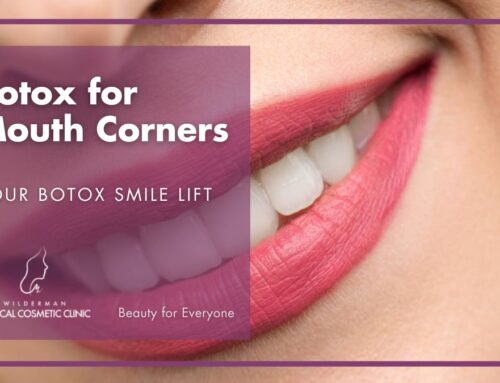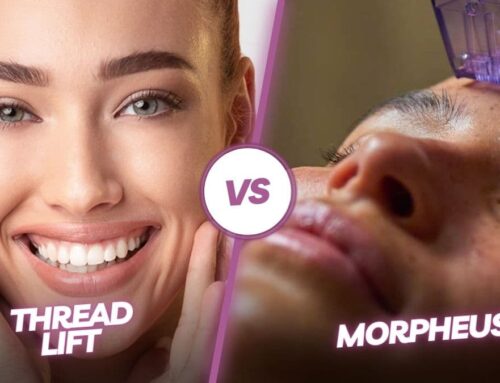Microdermabrasion for Acne
Benefits, Limits, Takeaway
Acne, the common and often frustrating skin condition can wreak havoc on our self-esteem and confidence.
While a multitude of treatment options are available, one that has garnered attention for its potential to address acne-related issues is microdermabrasion. This non-invasive procedure is said to rejuvenate the skin, leaving it smoother and clearer.
But does microdermabrasion truly work for acne? Let’s dive into the world of microdermabrasion and its relationship with acne.
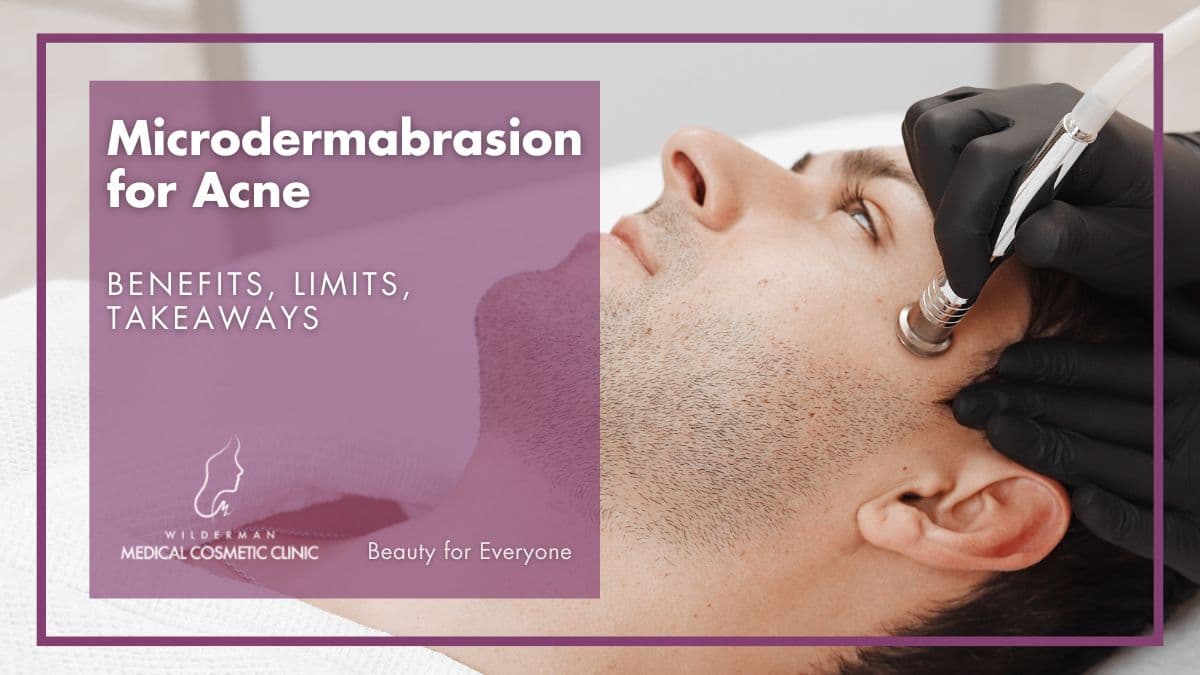
Get immediate answers to your questions about treatment options, costs, expected outcomes, and more.
- Expert Diagnosis
- Customized Treatment Plans
- No Obligation
- Comfort and Privacy
- Immediate Answers
Does Microdermabrasion Work for Acne?
Microdermabrasion is a cosmetic procedure that involves exfoliating the top layer of skin using tiny abrasive particles or a diamond-tipped wand.
The process aims to remove dead skin cells, unclog pores, and stimulate collagen production, which may contribute to a smoother complexion. While microdermabrasion can offer some benefits for acne-prone skin, its effectiveness may vary depending on the individual and the type of acne they’re dealing with.
Benefits of Microdermabrasion for Acne
- Quick and Easy: You won’t believe how quick and hassle-free microdermabrasion is. It can even be a lunch break treat, taking only about an hour. Plus, no downtime or discomfort – you’re back to your routine in no time!
- Beyond Acne: Microdermabrasion isn’t just about acne. It’s like a multitasking superhero that tackles acne while also dealing with wrinkles, frown lines, age spots, and other skin issues. It’s a win-win situation!
- Scar Softener: Say goodbye to acne scars! Microdermabrasion encourages your skin to make more collagen and elastin, which helps those pesky scars fade away. You’ll notice a lighter, brighter complexion.
- No More Breakouts: Microdermabrasion effectively exfoliates the skin, helping to clear away dead skin cells, dirt, and excess oils, leaving your pores unclogged. With fewer clogs, future breakouts become less likely – hello, clearer skin!
- Boosting Circulation: Think of it as an energy drink for your skin cells. Microdermabrasion increases blood flow and lymphatic drainage, making your skin cells healthier and more resilient.
- Product Power-Up: With better circulation, your skin absorbs skincare products like a champ. They penetrate deeper, giving you even better results in your fight against acne.
- Bye-Bye Blackheads: Blackheads, meet your match! Microdermabrasion is excellent at removing them – exfoliation and gentle suction work together to keep those pores clean.
- Shrinking Pores: Clogged pores make them look bigger. But microdermabrasion clears out debris, making your pores appear smaller. It’s like a mini facelift!
- All-Around Solution: It’s not just for your face. Microdermabrasion works wonders on your chest, back, and neck too. Acne doesn’t stand a chance!
So, if you’re ready for smoother, clearer, and more radiant skin, microdermabrasion is your secret weapon. Say hello to a happier, healthier complexion!
Limits of Microdermabrasion
- Severity of Acne: Microdermabrasion is most effective for mild to moderate acne. Severe cases of cystic acne may require more aggressive treatments, such as laser therapy or prescription medications.
- Deeper Scars: While microdermabrasion can help with mild acne scars and uneven skin texture, it may not be as effective for deeper scars. In these cases, treatments like chemical peels or laser resurfacing might be more suitable.
- Active Breakouts: Microdermabrasion can worsen active breakouts or inflamed acne. It’s recommended to wait until the acne is under control before undergoing the procedure.
- Skin Sensitivity: Individuals with sensitive skin may experience irritation or redness after microdermabrasion. It’s crucial to consult with a skincare specialist before proceeding, especially if you have sensitive skin.
Persistent Acne: Microdermabrasion can improve skin texture and appearance, but it might not completely eliminate more persistent forms of acne. A comprehensive skincare plan may be necessary for optimal results.
Types of Acne Microdermabrasion Can Treat
Microdermabrasion can be effective for treating:
- Comedonal Acne: Among the various types of acne, comedonal acne stands as the most prevalent. It emerges from the aftermath of clogged pores, and its manifestation involves the appearance of non-inflamed, flesh-colored bumps and the well-known blackheads (open comedones) and whiteheads (closed comedones). Microdermabrasion’s dual action—physical exfoliation and suctioning—unclogs pores by removing dead cells and oil. This helps tackle comedonal acne and reduces the chance of future breakouts.
Mild Acne Breakouts: Microdermabrasion works effectively for mild acne breakouts in small or isolated areas showing fewer than 20 blackheads or whiteheads, 15 pimples, or 30 lesions.
Types of Acne Not Suitable for Microdermabrasion
Microdermabrasion may not be suitable for:
- Cystic Acne: Deep, painful cysts below the skin’s surface are unlikely to respond effectively to microdermabrasion due to their limited reach and depth.
- Nodular Acne: Similar to cystic acne, hard and inflamed nodules deep within the skin are less likely to be improved by microdermabrasion.
- Severe Inflammatory Acne: Microdermabrasion could exacerbate severe inflammation, potentially making this type of acne worse.
- Acne with Open Sores or Infections: Microdermabrasion’s mechanical exfoliation might harm open sores and increase the risk of infection.
In such cases, you should seek guidance from a cosmetic physician or dermatologist for more appropriate and targeted treatments.
How quickly do you see results?
- Immediate Improvement: After the first session, you may notice your skin feeling smoother and looking slightly fresher due to the exfoliation.
- Subsequent Sessions (1-3 months): Over a series of sessions, usually spaced 1 to 2 weeks apart, you should start observing a reduction in acne lesions, clearer pores, and improved skin texture.
Optimal Results (3-6 months): After completing a recommended series of sessions, optimal results are often achieved. Acne breakouts might become less frequent, and your skin’s overall appearance should continue to improve.
How long do they typically last?
On average, results can last several months to a year. To sustain the results, periodic maintenance sessions every 1 to 3 months may be advised, especially if you’re prone to acne. These sessions can help to prolong the improvements achieved.
Remember, individual results can vary based on factors such as skin type, severity of acne, lifestyle, and skincare routine. Consistency in skincare practices and a holistic approach to acne management can enhance the longevity of the results obtained from microdermabrasion. Always consult with a skincare professional or cosmetic physician to create a personalized plan that aligns with your skin’s unique needs.
Takeaway
Microdermabrasion can indeed be a valuable tool in the battle against acne, particularly for milder forms and as part of a comprehensive skincare regimen. Its ability to exfoliate, unclog pores, and improve skin texture makes it an appealing option for those seeking smoother, clearer skin.
However, it’s essential to understand its limitations, as it might not be the most suitable option for severe or deep-rooted forms of acne.
Consulting a skin care specialist before undergoing any treatment is crucial to determine the most effective approach for your specific skin concerns. Remember that consistency in skincare practices is key to maintaining the benefits of microdermabrasion over the long term.
Reference
Shah, M., & Crane, J. S. (2023). Microdermabrasion. In StatPearls [Internet]. Treasure Island (FL): StatPearls Publishing. Retrieved from https://www.ncbi.nlm.nih.gov/books/NBK535383/ (Accessed Aug 22, 2023).
Glo Skin Med Spa. (n.d.). 4 Great Benefits of Opting for a Microdermabrasion Acne Treatment. Retrieved from https://gloskinmedspa.com/pages/4-great-benefits-of-opting-for-a-microdermabrasion-acne-treatment/ (Accessed Aug 22, 2023).
Derm Collective. (Sep 13, 2019). Microdermabrasion for Acne: Procedure, Benefits, Side Effects, and More. Retrieved from https://dermcollective.com/microdermabrasion-for-acne/ (Accessed Aug 22, 2023).
Practo. (n.d.). Microdermabrasion: Treating Acne. Retrieved from https://www.practo.com/health-wiki/microdermabrasion-treating-acne/129/article (Accessed Aug 22, 2023).
Related content that may be of interest
What is Microdermabrasion? – Microdermabrasion is a non-invasive treatment designed to improve the overall texture, tone, and clarity of the skin. In microdermabrasion treatments, a minimally abrasive instrument is used to gently sand the skin. The main objective of this procedure is to remove the thicker, uneven outer layer of the skin, providing many benefits. This type of skin rejuvenation is commonly used to address mild scarring, discoloration, sun …
Platelet Rich Plasma (PRP) for Acne Scars – Acne scars are a common aftermath of persistent or severe acne, leaving behind unsightly marks that can significantly impact one’s self-esteem and confidence. Over the years, various treatment modalities have been explored to address this concern, and Platelet Rich Plasma (PRP) has emerged as a promising therapeutic …
Acne Scarring: Causes, Treatment, Prevention – Acne is a common skin condition that affects millions of people worldwide, causing physical and emotional distress. In some cases, acne can leave behind unsightly scars, further impacting one’s self-esteem. Understanding the causes, types, and treatment options for acne scarring can help individuals effectively manage and minimize the long-term effects of this …
Stay Ahead of the Beauty Curve
Beyond Beauty: Elevate Your Routine with Insider Tips and Breakthroughs – Subscribe Now!
Transform your beauty routine into something extraordinary!


